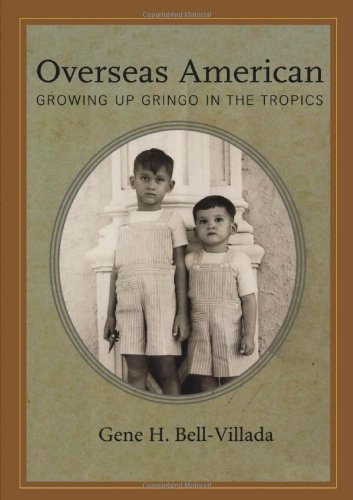The Passing of Passing: A Peculiarly American Racial Tradition Approaches Irrelevance
BlackPast.org: Remembered & Reclaimed
2014-12-14
Robert Fikes Jr., Reference Librarian
San Diego State University, San Diego, California

Three Harlem Women, ca. 1925
In the article below, independent scholar Robert Fikes Jr., explores a centuries-old process in the United States where African Americans with no visible African ancestry “pass” into the Caucasian race or other races to avoid the stigma associated with anti-black racial discrimination and social marginalization. As he notes below, the process finally began to lose its appeal in the second half of the 20th Century. He outlines a brief history of that process and suggests reasons for its decline.
Routinely shocking and sometimes lurid in detail, reports abound over three centuries of mixed-race persons lacking discernible African heritage masquerading as white: a Vassar student who proceeded toward graduation as informed school officials looked the other way; the man who abandoned his family in Atlanta and became a leading voice for fascism in the United States; a syndicated cartoonist who took his secret to the grave; an attorney who also changed his name and did not return home until retiring from a prosperous career on Wall Street; the Vaudeville actor-singer whose success vaporized when he was discovered to be “a Negro”; an assumed to be white New York Times editor and literary critic who also rose to captain in the segregated white Army of World War II; and the guilt-ridden New England doctor and his wife who journeyed to the extreme in withholding the fact of being “Colored” from even their four children.
The opportunity for passing during the colonial and pre-Civil War eras most often resulted from the mating of slaveowner and slave followed by additional whitening and inbreeding of mulatto offspring who were then able to slip virtually unnoticed into the dominant society. In the post-Reconstruction South politicians schemed to legally segregate the races which necessitated defining who was not white using a combination of percentages and the infamous “one drop rule,” condemning those with observable Negroid features to a life of greater hardship. Unlike Brazil, a nation that had a larger 18th and 19th century black slave population than the United States, there was not a “mulatto escape hatch,” as historian Carl Degler termed it, that permitted those with the taint of slavery in their background to be more easily accepted across the spectrum of society. A cause for anxiety for white Americans fearing racial contamination and degradation, but seen by many African Americans as a way of outwitting the system of oppression and making laughable fools of those who countenanced notions of white racial purity and supremacy, the extent of passing has never been reliably quantified by social scientists, hence estimates up to 1950 ranged from hundreds of thousands to several million blacks vanishing into the ranks of unsuspecting whites.
The complex predicament of persons living double lives passing as whites, deliberately or not, permanently or as a temporary convenience, intrigued a surprising number of major authors whose writings gave rise to the by now familiar trope of the tragic mulatto and the unveiled pretender. Among the books that pursued this theme, The Slave (1836) by Richard Hildreth and Clotel; or, The President’s Daughter (1853) by William Wells Brown. Post-emancipation works that pursued this theme include Maria Lydia Child’s A Romance of the Republic (1867), Mark Twain’s Pudd’nhead Wilson (1894) James Weldon Johnson’s The Autobiography of an Ex-Colored Man (1912), The House Behind the Cedars (1920) by Charles W. Chesnutt, Passing (1929) by Nella Larsen, the satirical Black No More (1931) by George Schuyler, Colcorton (1944) by Edith Pope. Late 20th century works on passing include Oxherding Tale (1982) by Charles Johnson, Caucasia (1998) by Danzy Senna, and The Human Stain (2000) by Philip Roth…
…Long after the “passing” novels left the bookshelves scholars began their investigations on black-white passing. The Invisible Line: Three American Families and the Secret Journey From Black to White (2011) by Daniel Sharfstein represents one of the best examples of this new academic interest. These studies however have expanded the scope of passing to include those who have denied being gay and posed as heterosexuals, switched genders, claimed a different white identity (e.g., Jewish to Anglo-Saxon), feigned membership in a wealthier social class, mislead others about their age, and more.
In researching the experiences of blacks who passed as whites, in her new book, A Chosen Exile: A History of Racial Passing in American Life (2014) Stanford University professor Allyson Hobbs offered a different perspective. Fully aware that past research gave prominence to the supposed advantages of passing as white, when interviewed about her project she affirmed: “I am not interested in what people gained by being white, but rather in what they lost by not being black . . . . by rejecting a black racial identity.” Numerous personal narratives in the book—some wrenching and heartfelt, others humorous and bordering on the absurd—reinforce her stance that passing for African Americans was, and remains, “a deeply individualistic practice, but it is also a fundamentally social act with enormous social consequences.”…
Read the entire article here.




